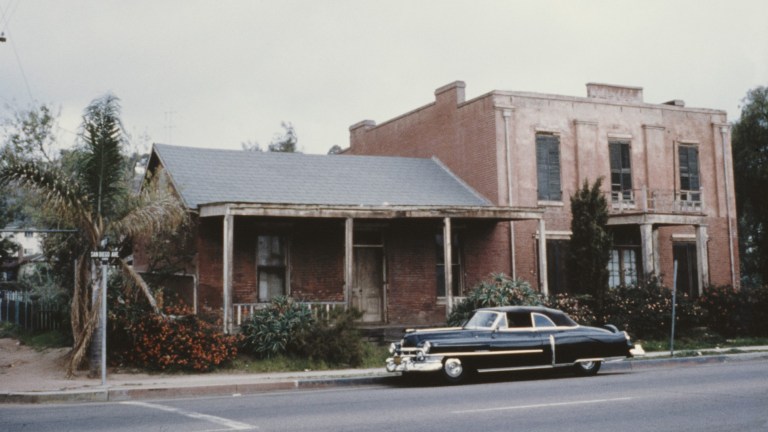BY AARON SAGERS
San Diego Comic-Con is the domain of weirdos. What began in a hotel basement in 1970 as the one-day Golden State Comic-Minicon grew to become SDCC in 1973 and then Comic-Con International: San Diego (CCI) in 1995. It is the Super Bowl of
pop culture fandom. It is a place where 130,000 ticketed attendees—not counting thousands more who will make a pilgrimage to the city during the con—will arrive once more after a three-year hiatus to let their geek flags fly. And over the course of five days, San Diego’s Gaslamp Quarter is the worldwide capital of weirdos.But what is a weirdo? The word has its etymology in “wyrd,” which means “fate” or “destiny.” And a weirdo is one who is in control of their own destiny. Hat tip to weird researcher John E.L. Tenney for reminding me of that. Yet “weird” also means “strange” or “bizarre.” There’s a bounty of that in “America’s Finest City,” too.
San Diego is considered a hotspot for UFO activity. One of the more well-known recent videos of a UFO is the “Flir1” capture, filmed by a fighter pilot in 2004 from the aircraft carrier Nimitz off the city’s coast. The footage—widely reported on by The New York Times in 2017 and part of the June 2021 “UFO report” by the Office of the Director of National Intelligence—was deemed unidentified. According to the report, four pilots observed a large object “submerged 10 to 15 feet below the surface” then “a white UAV, shaped like a large cylindrical butane tank, or a Tic-Tac candy, moving erratically back and forth, almost like a bouncing ping-pong ball making instantaneous changes in direction without changing speed.” But there was a previous “flap” in 1989—involving a triangular or boomerang shape with red lights—reported on by the San Diego Reader at the time, which noted the city had been on the UFO map since the 1950s.
But it’s not only potential extraterrestrial life that contributes to the weirdness of San Diego, it’s the afterlife. Built in 1857, the Whaley House in Old Town might be the most famous allegedly haunted location in town. According to ghostlore, that has something to do with settler Thomas Whaley building the home atop an old execution site. The stories say the specter of “Yankee Jim” Robinson, executed on the grounds, continues to clomp around, as do the ghosts of Whaley’s infant son, adult daughter, and countless others, including a little dog. The town lovingly refers to Whaley House Museum as the most haunted house in America, although it’s uncertain how they measured that.
But the apparitional oddness continues with the rumored hauntings at the Davis-Horton House, Horton Grand Hotel, Hotel del Coronado, Pioneer Park, El Campo Santo Cemetery, and the Star of India, the world’s oldest operational sailing ship. And the ghost stories in San Diego run the gamut of classic Victorian lady specters, Old Californian gamblers, horseback soldiers from the U.S.-Mexican war, a trenchcoat-wearing man, and even an enchanted piano.
The reputation for weirdness significantly predates the swarms of congoers who frequent every year. Rather, it’s been well documented in The San Diego Union-Tribune. “Remarkable Serpent Fish About Thirty Feet in Length Seen in San Diego Bay” read one newspaper headline in 1873. “Ghost Bride on Headless Horse is Riding Again,” declared another in 1934. And another asked, in 1991, “A chilling hairy query: Is Bigfoot lurking around Alpine?”
In fact, whether it was labeled the Borrego Sandman, the Wild Man of Warner Springs, Rancheti yeti, or the famous Proctor Valley monster, the Union-Tribune’s archives have numerous accounts of hairy bipedal beasts in the area dating back to 1876.
So those who join the domain of the weird at SDCC might not just spot a celeb, there may be an alien, ghost, or cryptid in their midst as well.
For more deep dives into the supernatural, don’t miss Den of Geek‘s very own paranormal podcast, Talking Strange, which you can find on Apple Podcasts, Spotify, and YouTube.

